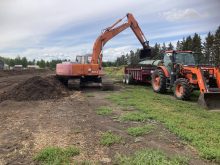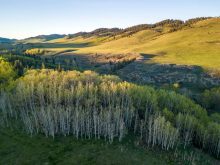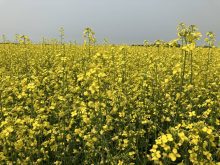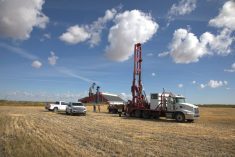How you harvest, what you are using to harvest, and what you do with the residue will have a huge effect on what happens next spring.
“Crop residue isn’t trash as it has a significant amount of fertilizer value,” said provincial crop specialist Harry Brook. “The straw has probably the lion’s share of this, as it contains about 80 per cent of the potassium used by the crop. If you remove it repeatedly, you can develop a soil deficiency over time.”
It’s important to get an even distribution of the residue over the back of the combine.
Read Also

Still hard to predict precise fertilizer payback
Despite decades of precision agriculture advances, international research finds no clear way to predict where and when adding nutrient through fertilizer will fail to boost growth.
“If you don’t, you’ll end up with rows which will provide an insulating layer and the soil underneath will warm up later in the spring,” said Brook. “With our short growing season, this can delay emergence by one to two weeks. If the crop is in the ground a long time, it can be weakened by disease. Also, heavy crop residues take a significant amount of nitrogen away from the crop to break down the residue.”
This year saw shorter crops and less residue.
“As such, the soil-warming issue isn’t as important as it would be after wetter years. But it’s still important to get the residue evenly distributed.”
There are also implications for soil health.
“The chaff and straw will add a lot of lignin and cellulose to the soil,” said Brook. “If you have an especially big crop, it’ll take a lot of nitrogen to build up the levels of bacteria and fungi to break that cellulose down into sugars to be cycled into the soil organic matter. It’s really all tied into organic matter levels which are your bank account of nutrients in the soil.”















